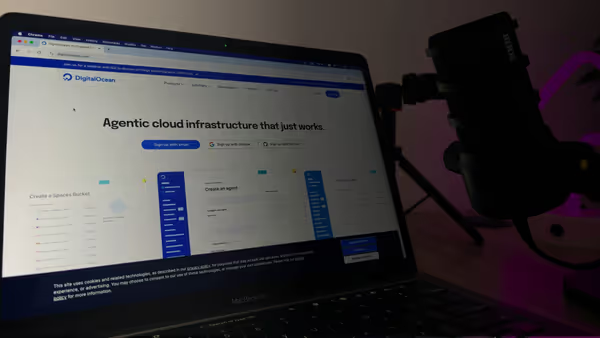
Internship Hunting Game එක Win කරන්න "Insider" Tips ටිකක්!
Internship එකක් හොයන එක ලේසි නෑ, හැබැයි "Hard work" වගේම "Smart work" එකත් මෙතනදි ගොඩක් වැදගත්. ගොඩක් අය කරන්නේ තියෙන ඔක්කොම දාලා CV එක පුරවන එක. ඒත් අද කාලේ

Learn from industry experts and unlock stories, videos, and in-depth content designed to grow your online entrepreneurship.

Internship එකක් හොයන එක ලේසි නෑ, හැබැයි "Hard work" වගේම "Smart work" එකත් මෙතනදි ගොඩක් වැදගත්. ගොඩක් අය කරන්නේ තියෙන ඔක්කොම දාලා CV එක පුරවන එක. ඒත් අද කාලේ

IT career එක හරියට build කරගන්න හොද අදහසක් ගන්න පුළුවන් තැනක් තමයි roadmap.sh කියන website එක. Developer Roadmaps - roadmap.shCommunity driven roadmaps, articles and guides for developers to grow in their career.roadmap.sh Role-based Roadmaps, Skill-based Roadmaps, Best Practices

DigitalOcean VPS එකක Nginx Web Server එක හරහා WordPress හරියටම Install කරලා Manage කරන විදිහ ගැන Advanced Step-by-step Full Guide එකක් මේ Premium Video Series එකෙන් ඔයාට ලැබෙනවා.

E-commerce Business Basics වල ඉඳලා Advanced Scaling Strategies දක්වා හැමදේම ඇතුළත් Step-by-step Full Guide එකක් මේ Premium Video Series එකෙන් ඔයාට ලැබෙනවා.